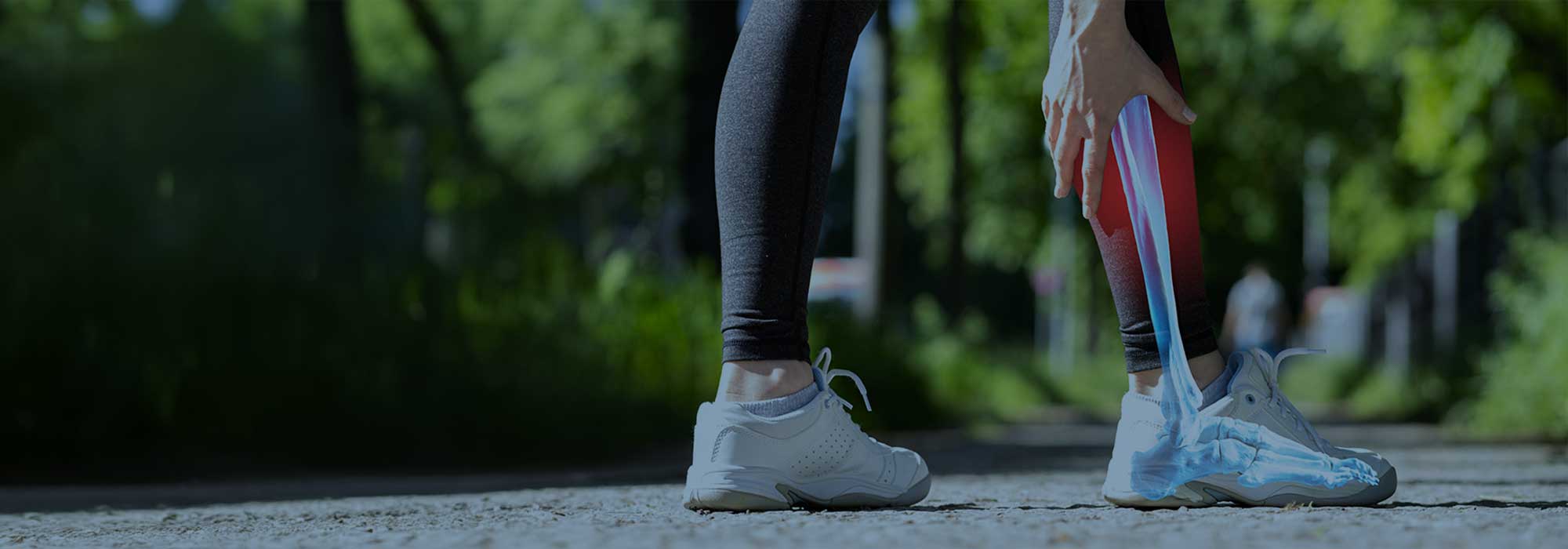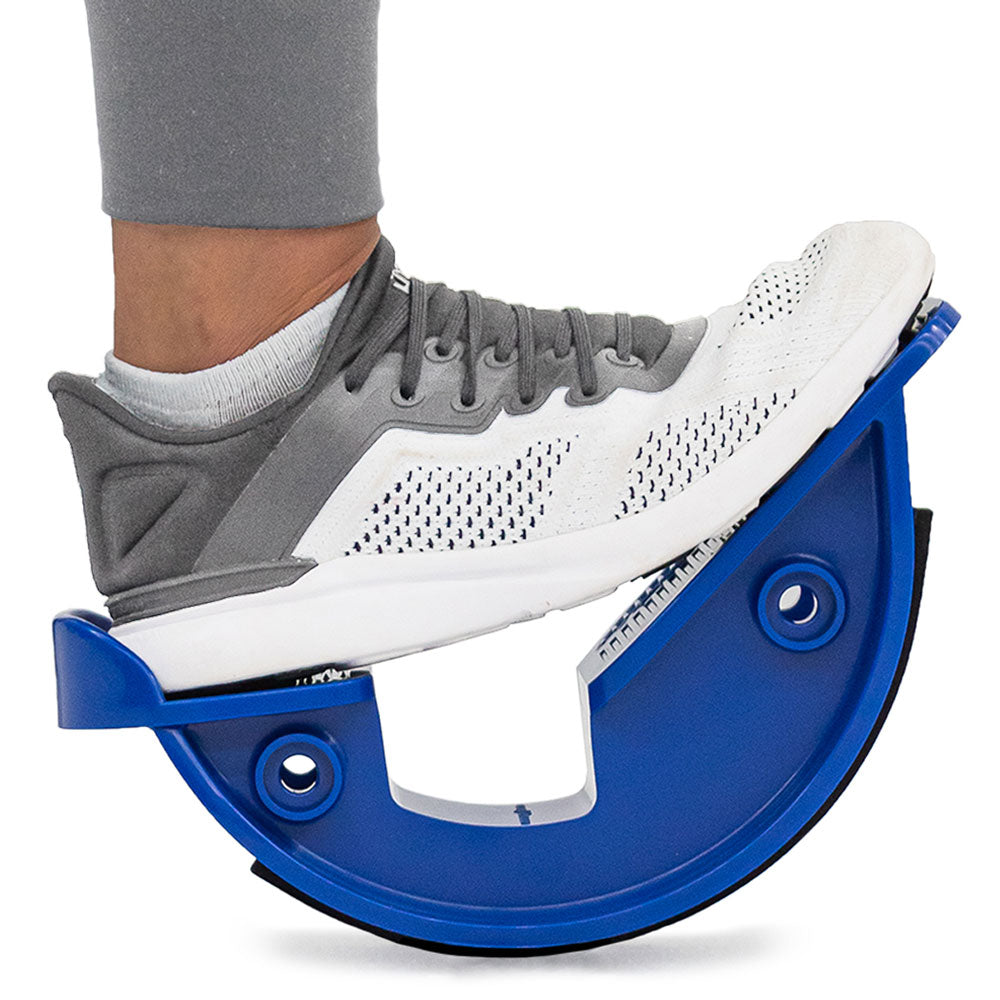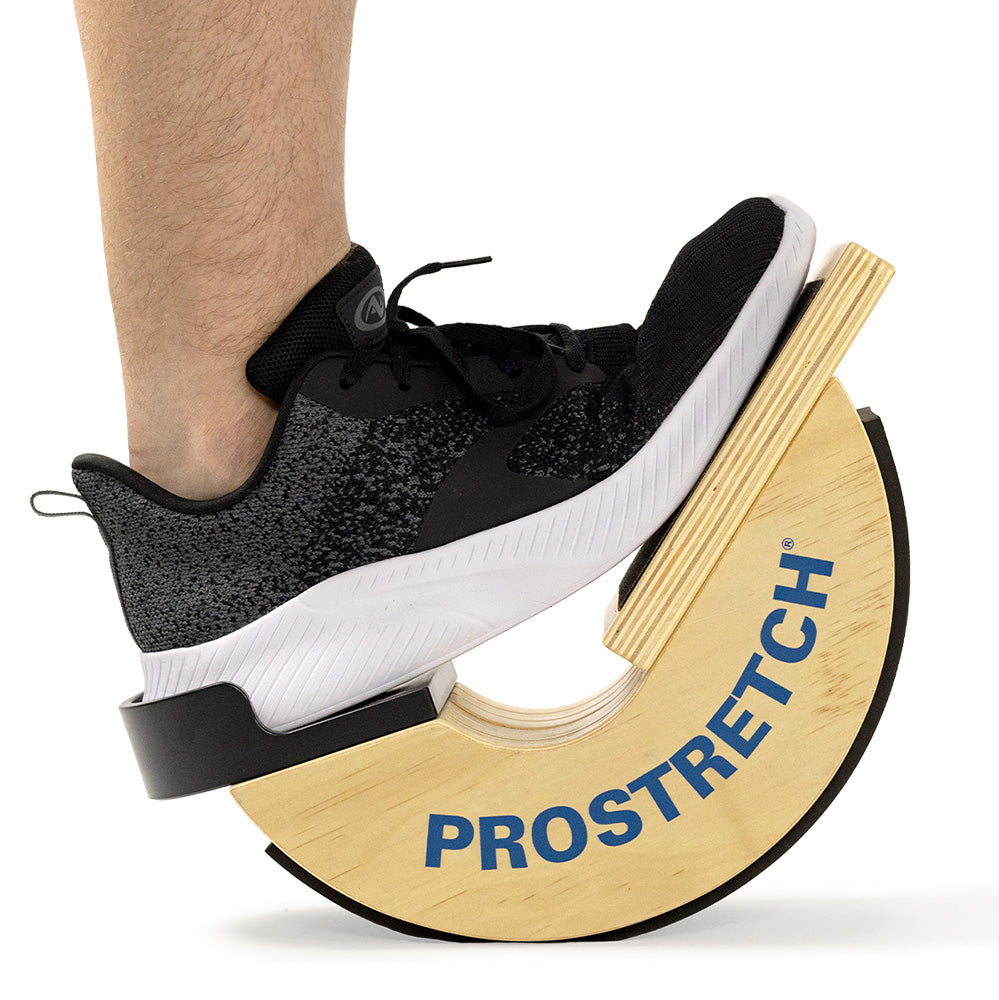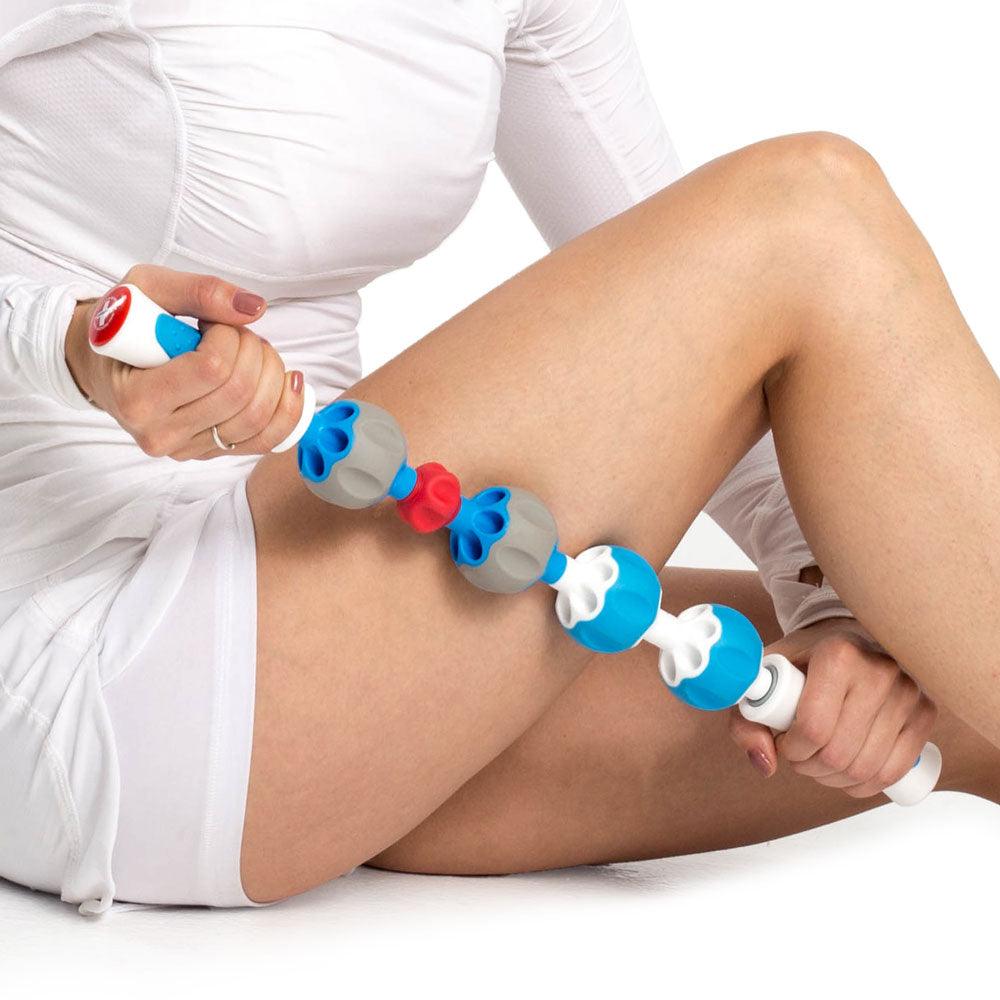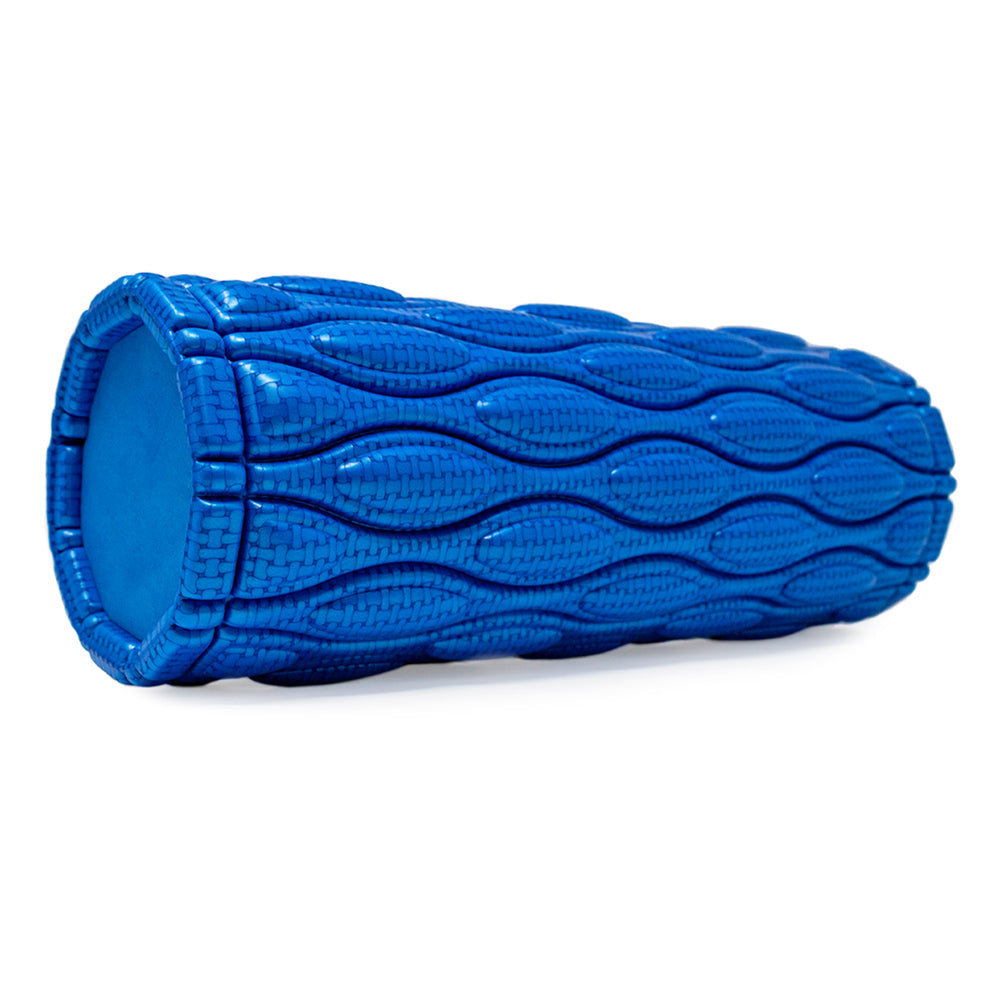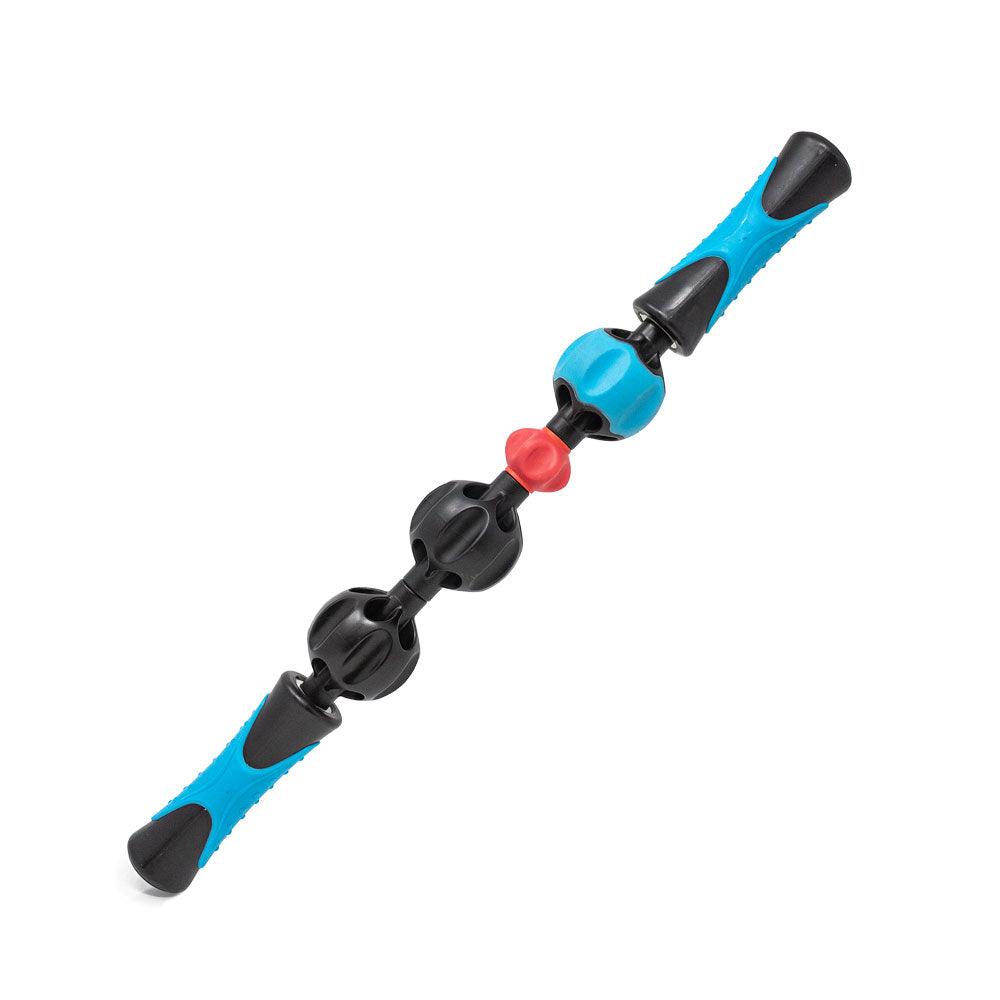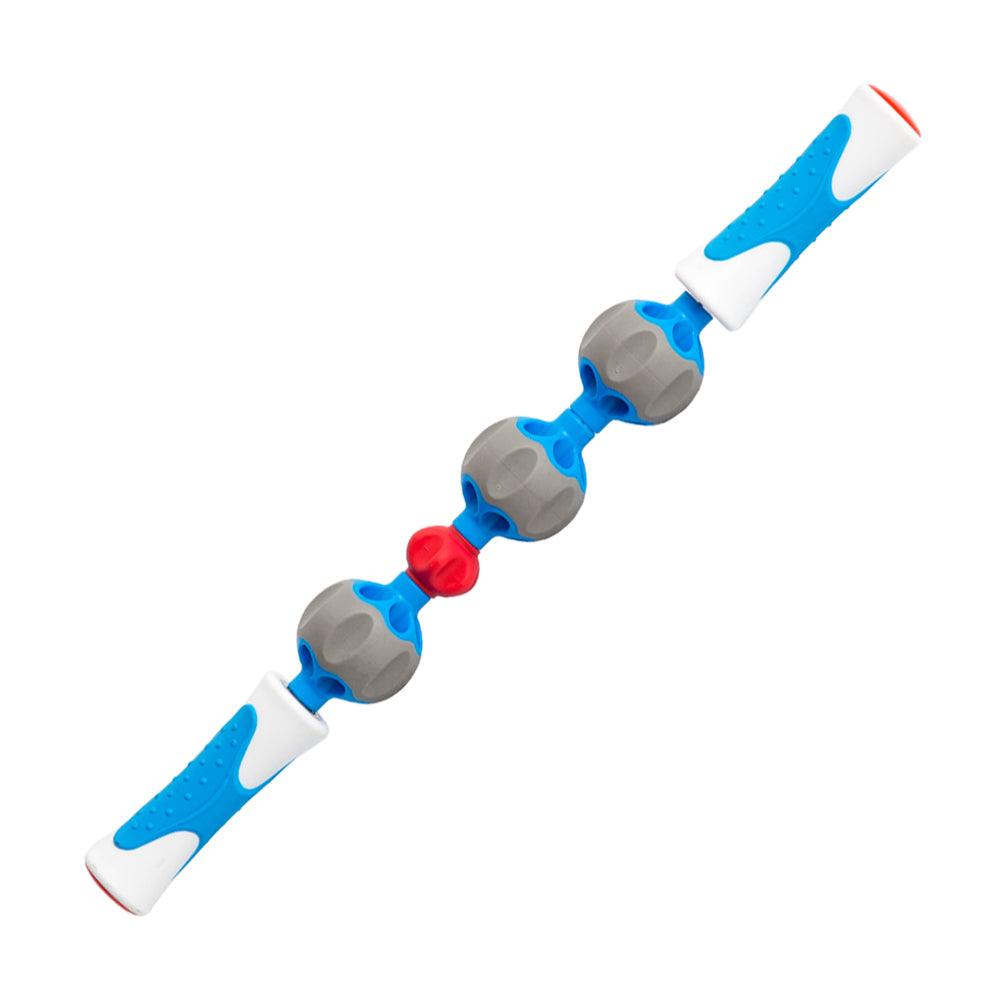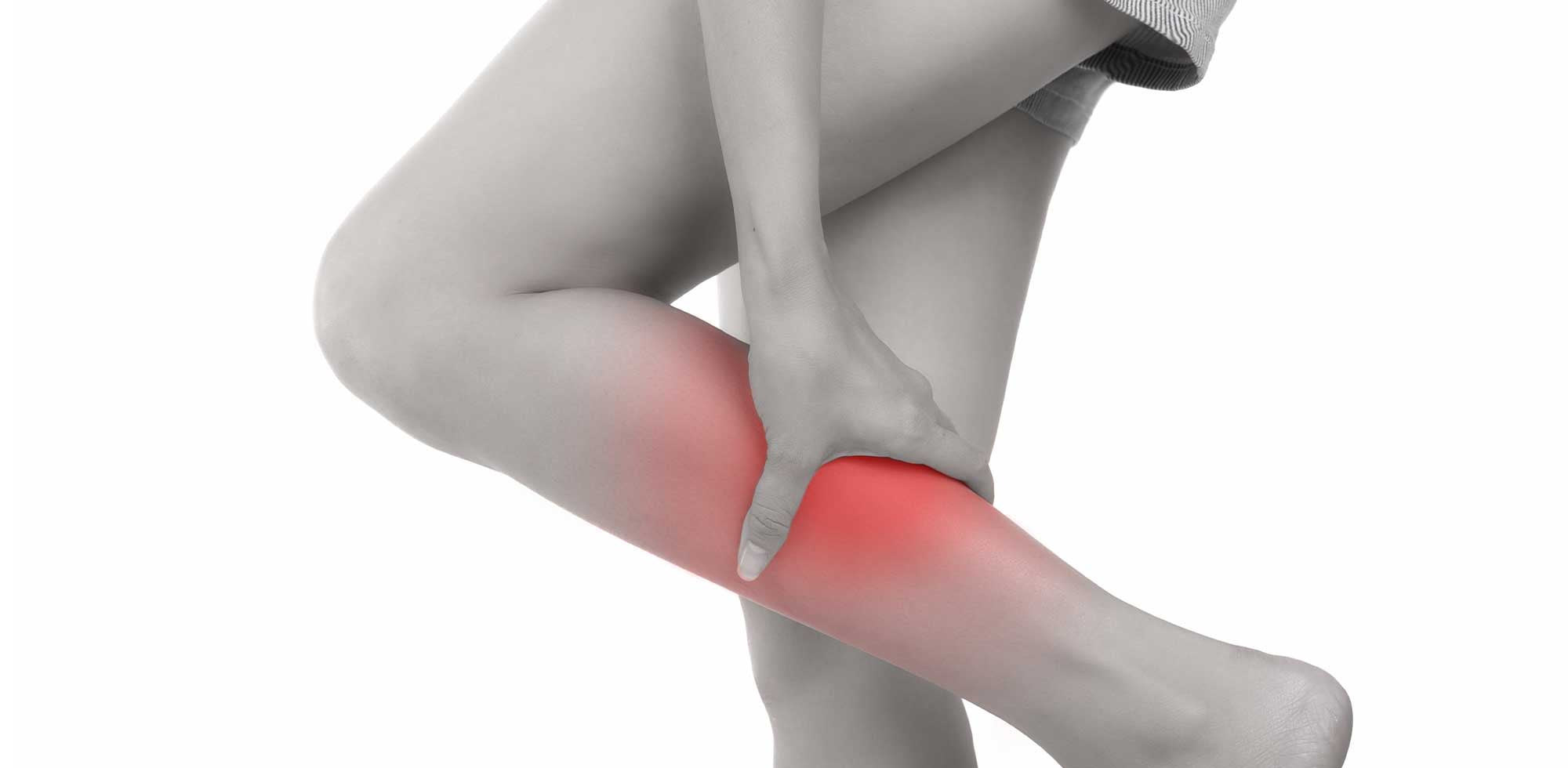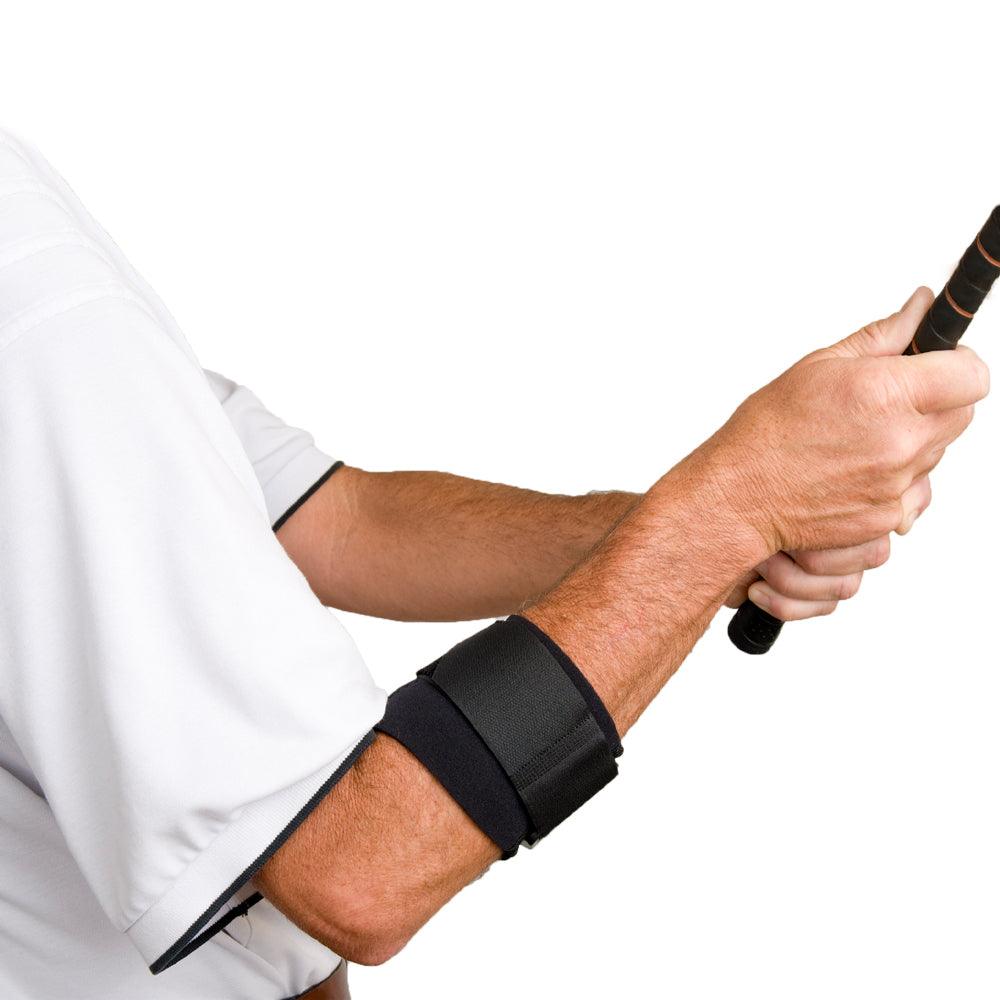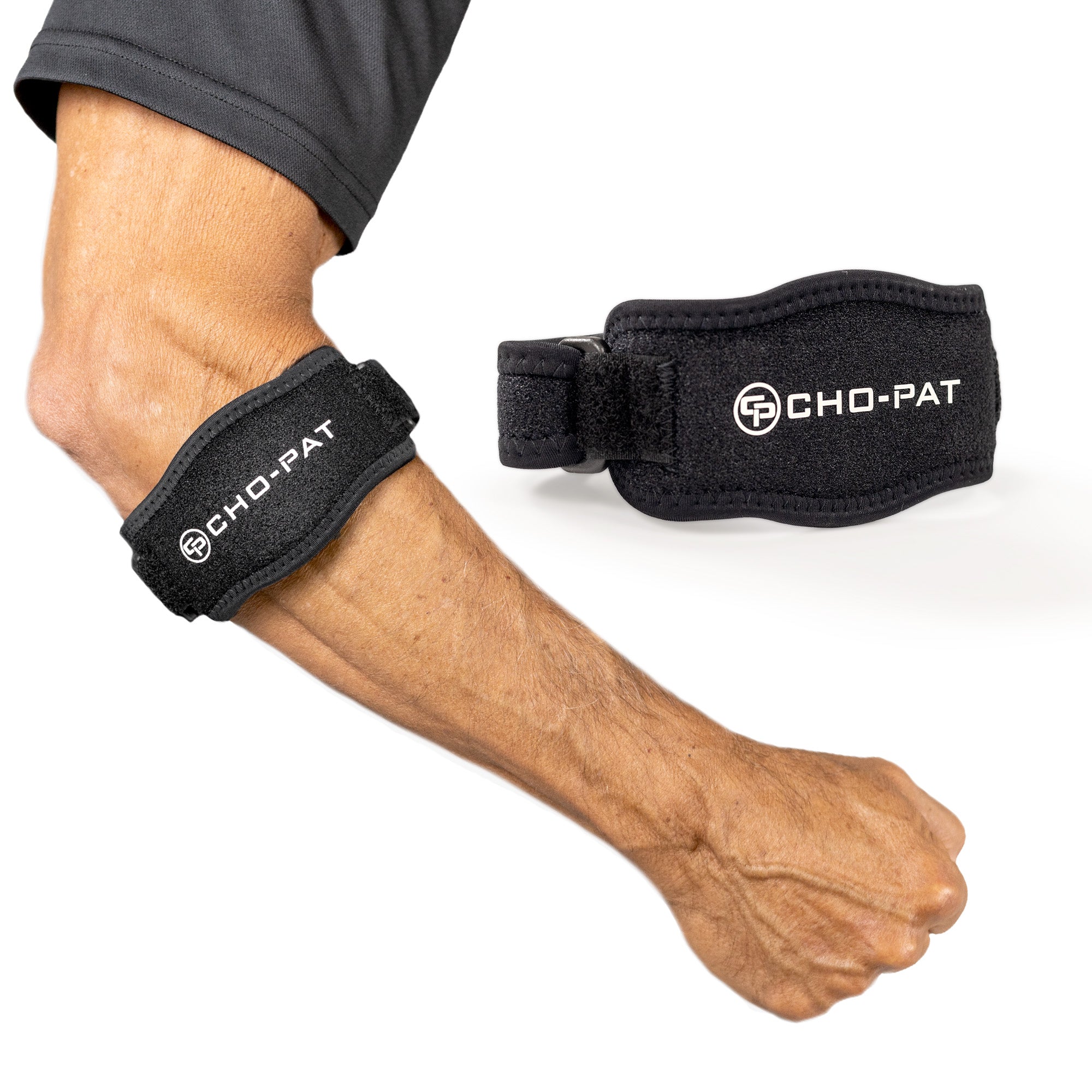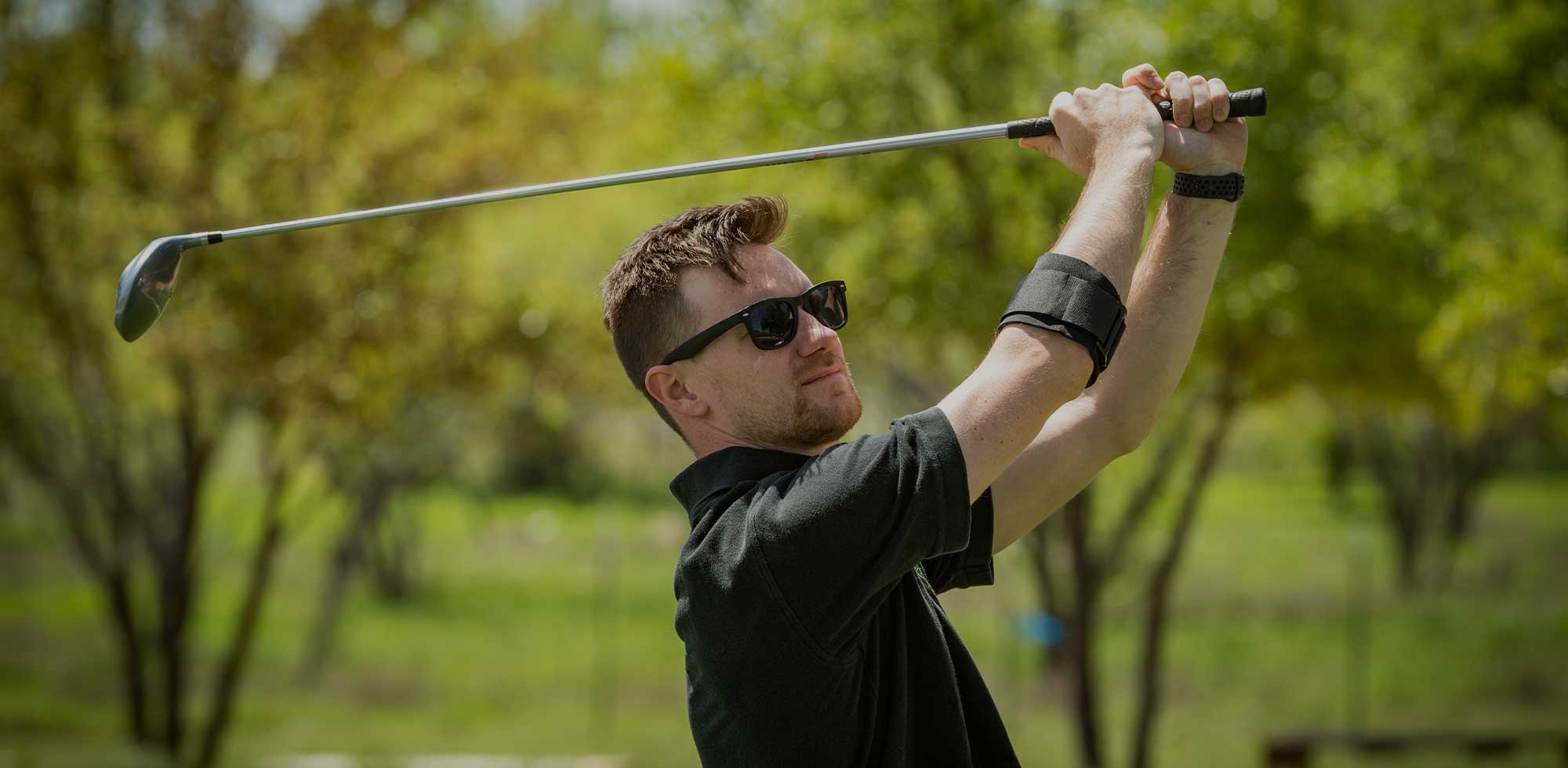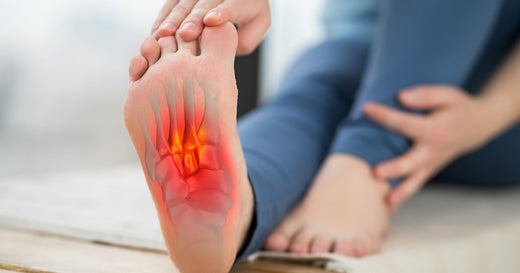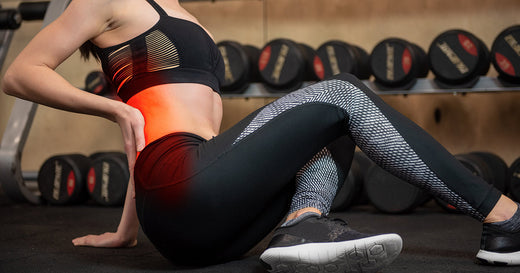The term shin splints refers to pain along the large bone on the front of your leg, called your shinbone or tibia. The pain results from an overload on the shinbone and the connective tissues that attach your muscles to the bone. People with shin splints often complain of mild swelling, soreness, or pain along the inner part of their lower leg or at their shin bone. If not treated, you may experience more time with the pain and less time without it.
Causes
Shin Splint Causes
Some of the most common causes for shin splints include:
- Biomechanical malfunctions, specifically overpronation due to ankle inflexibility or the overuse / inflexibility of the calf (gastroc or soleus)
- Worn-out footwear
- Running on a slanted or tilted surface
- Running too hard or for too long
- Lack of recovery in between workouts
- Excessive running on a hard surfaces
Read a summary of the latest research on shin splints.
Symptoms
Shin Splints Symptoms
Shin Splints are an especially painful condition, and if left untreated, will only grow worse with time. Typically, shin splints symptoms include a steady pain in the front of the leg below the knee, along the shinbone (the tibia). This pain is most severe during a workout and will seem to be made worse by continued exercise.
Because shin splints pain is rooted in the bones and muscle connectors along the front of the leg, rather than the muscle itself, recovery should be undertaken carefully.
Consult your doctor and be sure that you use the proper tools to aid in your rehabilitation. Trying to "work through" the pain could make your injury worse, to the point where you are unable to continue exercising.
Treatments
Shin Splint Treatment
While the most immediate relief comes from ceasing activity, rest, ice, compression, and elevation, everyday life must continue. So what can you do?
Lessen the Impact
Every time the heel of your foot hits the ground, a shock wave travels up through your body, all the way to your head. Healthy lower legs will absorb a lot of this shock. Making sure that your arches are properly supported and your shoes are providing maximum shock absorption will lessen the pain of existing shin splints and help to prevent future flair ups.
Arch supports in every day shoes can help cushion and disperse stress on your shinbones, providing immediate relief for existing shin splints and added support and padding that help to prevent them.
Your calves play a large role in the health of your shins. Any imbalance in strength often manifests itself in shin splints or a calf strain. By stretching your calves daily and increasing your calf flexibility, you can dramatically reduce your risk of muscle imbalance injury. By adding strength training to your flexibility exercises, you make progress towards completing the muscle balance.
Toe raises and leg presses are a good place to start, but a complete program that targets all four planes of ankle motion to work all of the supporting muscles is best.
FOR IMMEDIATE RELIEF
Support Products:
 Tuli's® Heavy Duty Heel Cups ★★★★★ The biomechanically designed Tuli's® Heel Cup provides immediate relief by cushioning the area of pain and elevating the calcaneus (heel bone) to take pressure off the shins, lessening the tension and allowing you to regain flexibility. |
 Tuli's® RoadRunners® Arch Support Insoles ★★★★★ These replacement insoles absorb and return impact energy for long lasting support for even the toughest sports players and runners. |
FOR LONG-TERM HEALING
Stretching and Strengthening Products:
 ProStretch® Plus ★★★★★ Calf and plantar fascia flexibility are critical to Achilles tendon health and healing. This product is proven effective to provide a deep, gradual stretch that increases flexibility. The ProStretch Plus is biomechanically engineered to enable a controlled and targeted stretch. |
Massage Products:
 ProStretch® Pro Stick Massage Roller ★★★★★ It uses 3 different gear types that allow you to choose whether your massage feels soft, medium, or pinpoint to get the pain relief you need. This massage stick roller uniquely designed 3-dimensional gears penetrate muscles more effectively than traditional flat massage rollers. |
 ProStretch® Uno Massage Roll ★★★★★ This roller’s peanut-shaped design allows it to get into targeted areas that are difficult to reach, providing a deep tissue massage for those knots that won’t go away and adds a more aggressive myofascial release. |




